The SANFL rules have been adjusted to bring the Statewide Super League into line with most of the changes being implemented in the AFL for 2019.
Among the changes to be brought in, players will have restrictions on where they start at each centre bounce – described as “traditional starting positions” – and they will no longer be required to kick-in to themselves if they wish to play on from a kick out after a behind.
The SANFL’s Laws of the Game Committee believes the rule changes will enhance those introduced in 2016 to make the game more free flowing, including the last touch out of bounds rule and the interchange cap.
“These changes in match conditions respond to fans wanting free-flowing passages of play and one-on-one contests, and they support more instinctive play and players being able to showcase their skills and differences,” SANFL General Manager Football Adam Kelly told the SANFL website.
“Stoppage numbers have decreased over the past three years, with the average number dropping to 60 in 2018 from 84 in 2015,” Kelly said.
“In comparison to other State Leagues, we have gone from the highest number of stoppages to the lowest and from the lowest scoring to the highest. This year’s Grand Final was the highest scoring in 35 years.”
Some rules will continue to differ between the AFL competition and SANFL, including the use of a 25m penalty and the cap of 60 interchange rotations.
The new rules ratified by the SA Football Commission are outlined below:
1. Traditional Playing Positions at Centre Bounce
Implementation of a traditional set up at centre bounces – clubs must have six players inside both 50-Metre arcs, with one player required to be inside the goal square. Four midfield players are positioned inside the centre square with the wingmen required to be placed somewhere along the wing (no closer to either goal than the centre square line).
2. Kick-ins
Kick-ins from a Behind, a Player will no longer need to kick to himself to Play On out of the Goal Square.
Following a Behind, the man on The Mark will be positioned 10 metres from the top of the Goal Square (currently 5 metres).
No opposition player can enter the area shown with the dotted line until the designated kicker has played on or been called to play on from the goal square. Any opposition player already in the area when the behind is scored must be actively exiting the area.
3. Marks / Free Kicks (Deep D50)
For all defenders who take a mark or gain a free kick within 9 metres of their own goal, the man on the mark for the attacking team will be brought in line with the top of the goal square (which is 9 metres).
4. Umpire Contact
Players will be prohibited from setting up behind the Umpire at each centre bounce.
5. Application of 25-Metre Penalty
Allowing the player with the ball to advance the mark by 25 metres without the infringing player delaying the game.
In addition, the player with the football will be able to play on during the advancement of the 25-metre penalty.
6. Kicking for Goal post-siren – Centre of Goal Line
A Player who has been awarded a mark or free kick once play has ended will now be able to kick across their body using a snap or check-side kick. The player shall dispose of the football directly in line with the man on the mark and the goal.
7. Marking Contest
‘Hands in the Back’ rule interpretation to be repealed, allowing a player to place his hands on the back of his opponent to protect his position in a marking contest but not to push the player in the back.
8. Ruck Contests – Prior Opportunity
A Ruck player who takes possession of the football while contesting a bounce or throw up by a field Umpire or a boundary
More from portadelaidefc.com.au...


